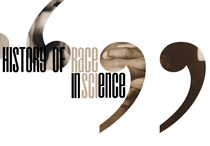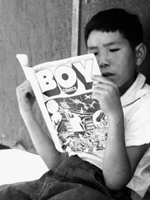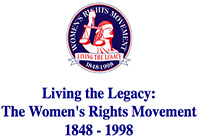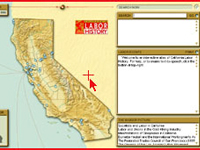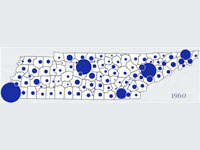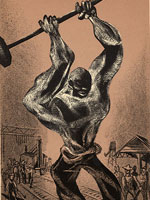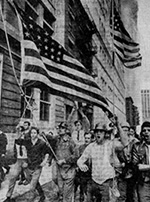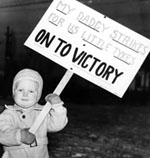American Studies Crossroads Project

This impressive site presents a rich array of primary and secondary material designed to foster electronic learning. The site's "Reference and Research" section furnishes an annotated, searchable gateway to hundreds of links dealing generally with American history and life, including SiteScene, a biweekly journal that reviews websites, texts of recent articles published in American Quarterly; abstracts of American Studies dissertations from 1986 to 1999, organized alphabetically by author; and links to image and document archives. Three additional sections—entitled "Community," "Curriculum," and "Technology and Learning"—offer a wealth of material concerning developments in the field of American Studies and teaching with new technologies, including essays, syllabi, bulletin boards, and newsletters.
